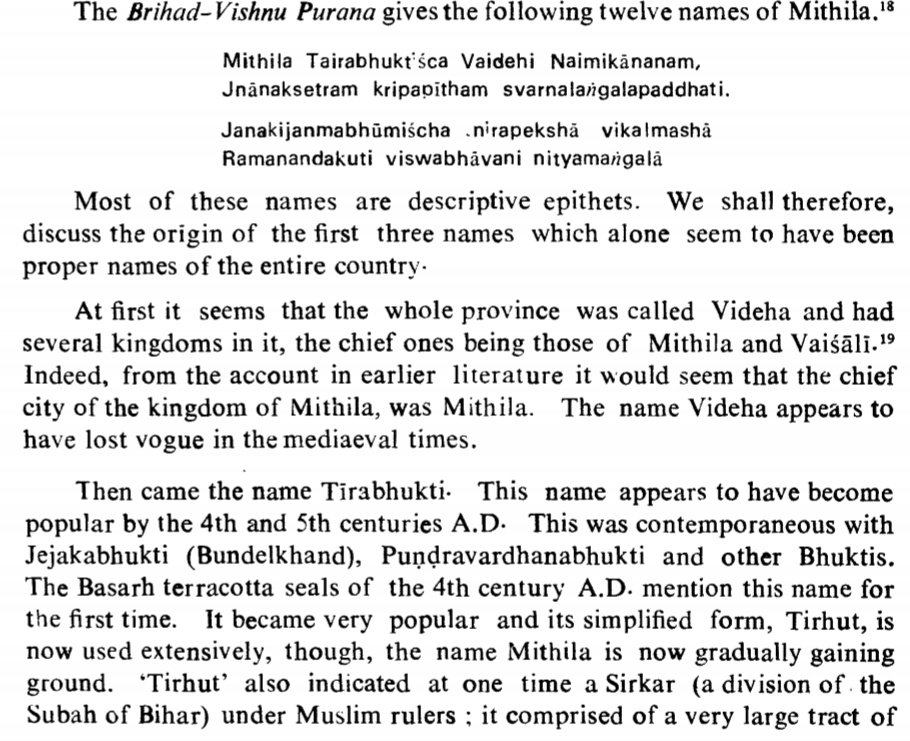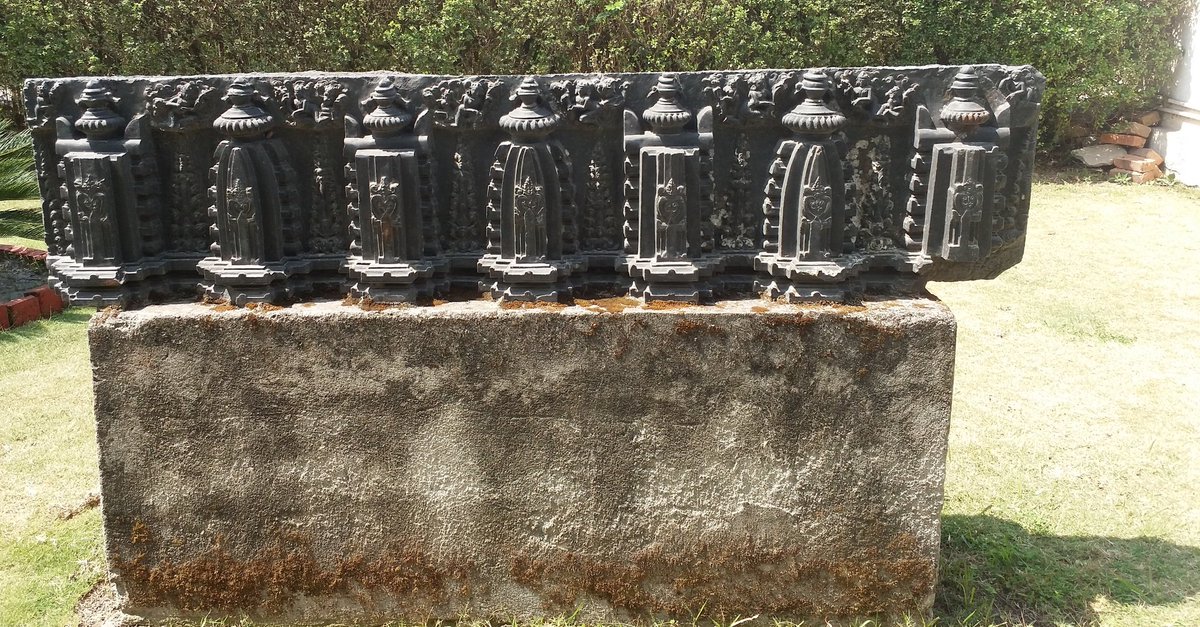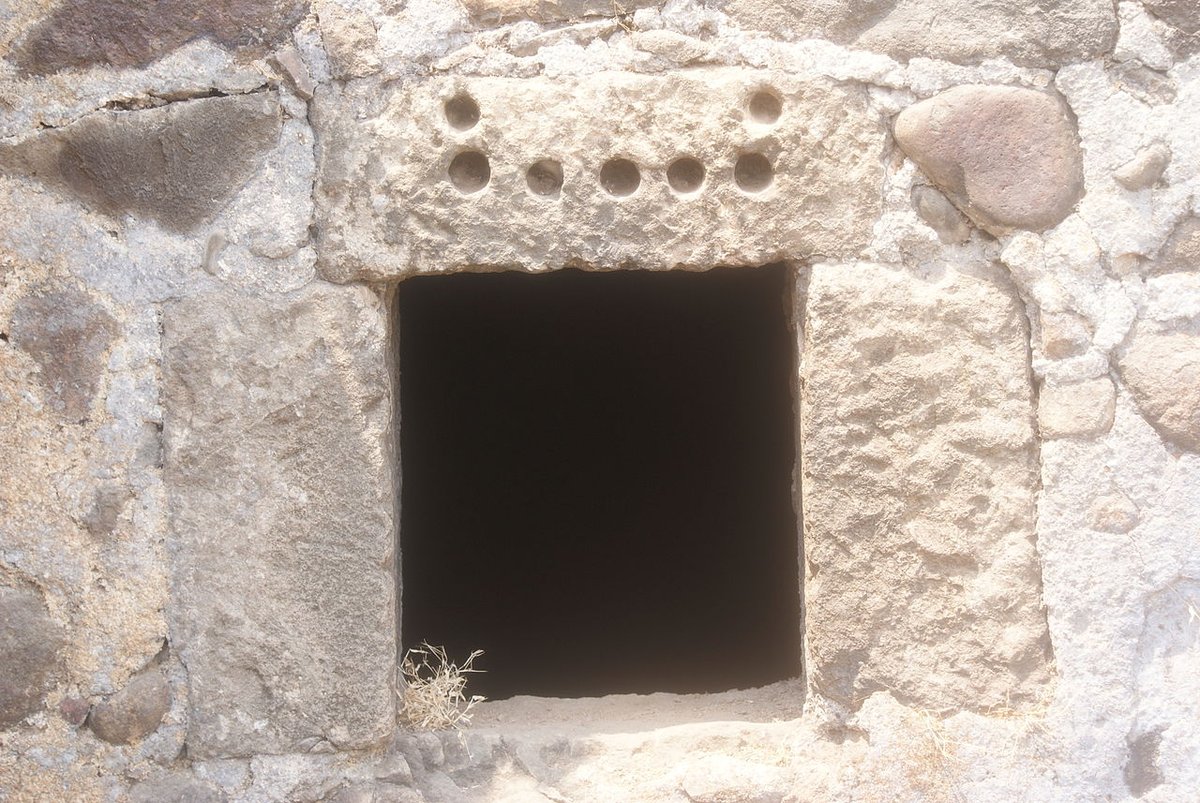Thread on GunPowder
1)Finely crafted Cannon with tiger's head like opening, Mehrangarh Fort, Jodhpur (Rajasthan)
"India’s military technology is history’s greatest ‘hidden’ secret."
Until early 19th century CE, India alone had total monopoly over production of gunpowder.
1)Finely crafted Cannon with tiger's head like opening, Mehrangarh Fort, Jodhpur (Rajasthan)
"India’s military technology is history’s greatest ‘hidden’ secret."
Until early 19th century CE, India alone had total monopoly over production of gunpowder.

2)"Unlike China, with an odd textual reference or a drawing or a singular artefact, was the entire industry in India – which remained unrivalled in the history of the world. Compared to China’s paltry production of gunpowder, India’s widespread and organized gunpowder production 



3)...system points towards indigenous development. [There are reports, that in “664 an Indian visitor to China reportedly demonstrated the peculiar flamability of saltpeter and provided instructions on how to locate it (Pacey 1990, 16)."]” 


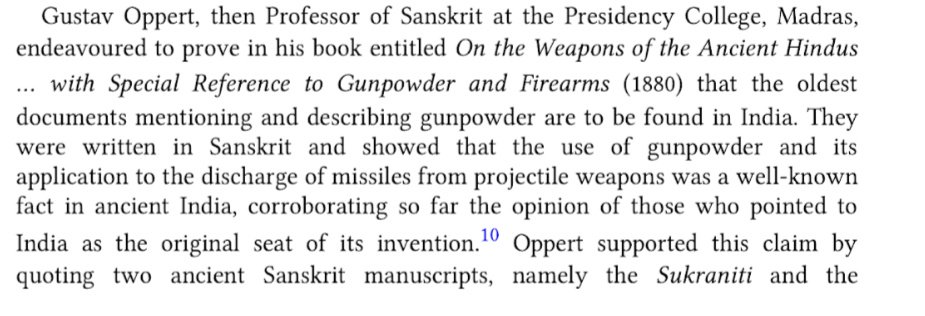


4)Facts being otherwise, it raises questions about motives for this deliberate wrong portrayal.
Read more: Indian Gunpowder: The force behind Empires by @StPTBarnum
2ndlook.wordpress.com/2010/06/18/ind…

Read more: Indian Gunpowder: The force behind Empires by @StPTBarnum
2ndlook.wordpress.com/2010/06/18/ind…
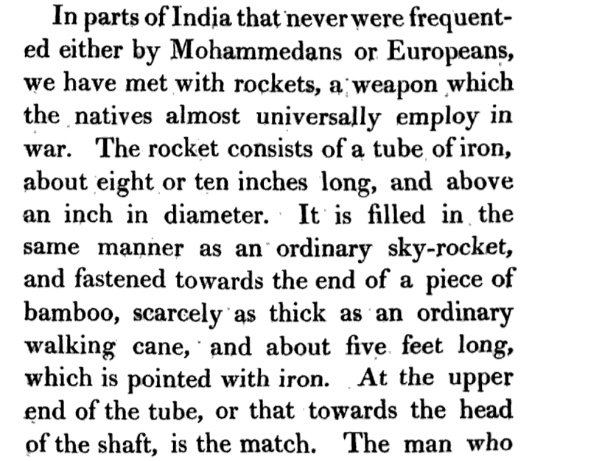

• • •
Missing some Tweet in this thread? You can try to
force a refresh





























